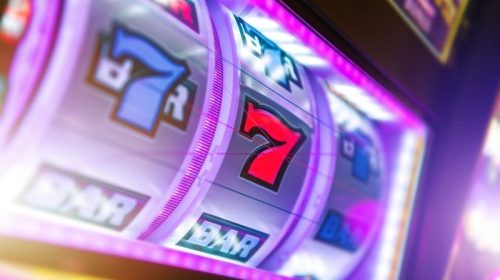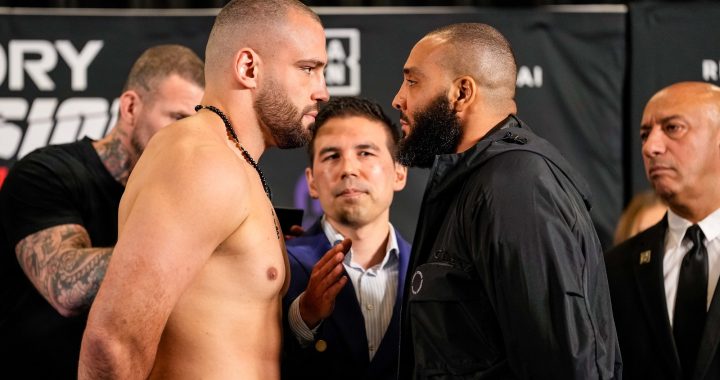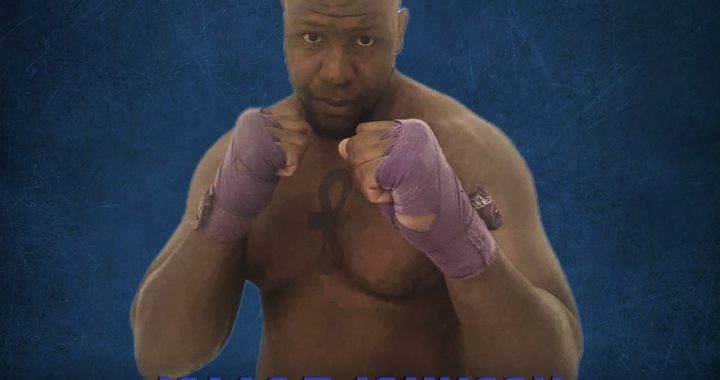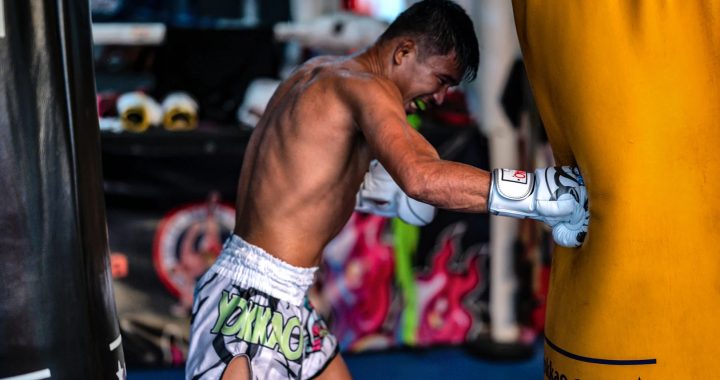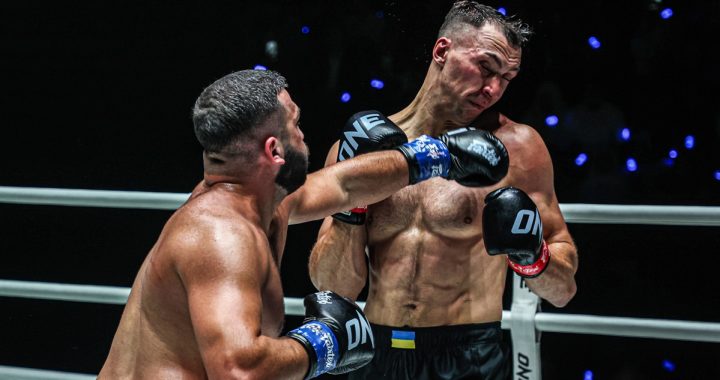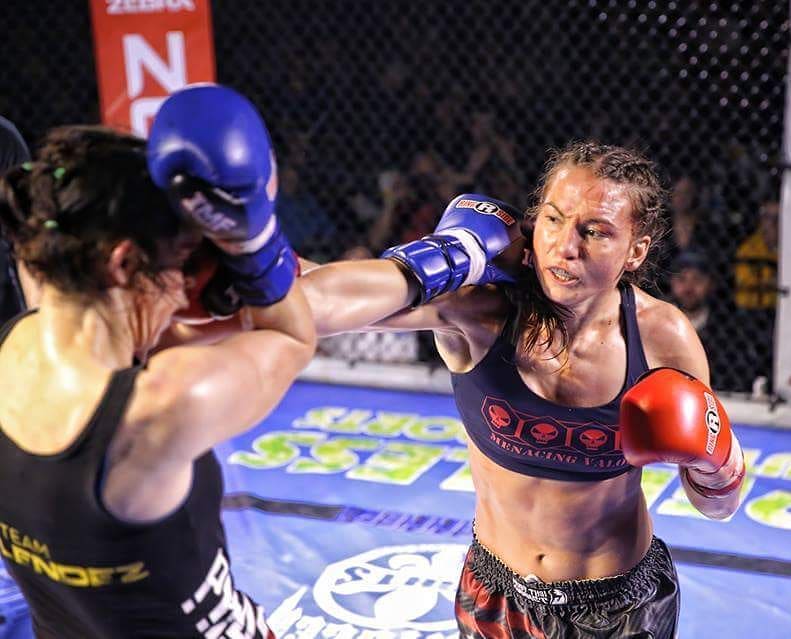
Benefits of Muay Thai for MMA Fighters: Enhancing Striking and Defense
Muay Thai is known as the “art of eight limbs” and can be beneficial to MMA fighters thanks to its unique emphasis on using fists, elbows, knees, and shins. This striking art provides numerous skills for fighters and enhances their overall striking abilities. If you’re an MMA fighter, integrating Muay Thai into your training regimen can improve your overall striking power and agility, making you a more versatile opponent in the octagon.
Muay Thai’s defensive techniques are also of great use to MMA fighters. These skills help fighters manage distance and control opponents in close-quarters combat. Overall, the strategic benefits of Muay Thai offer MMA fighters tools to enhance their fighting style and succeed against a diverse range of opponents.
What Are the Physical Benefits of Muay Thai
Muay Thai offers many physical benefits for MMA fighters. In particular, it’s high intensity helps to significantly boost cardiovascular health, enhance strength and flexibility, and aid in weight management whilst improving bone density.
Enhanced Cardiovascular Conditioning
Muay Thai training involves high-intensity workouts that significantly improve cardiovascular health. The constant movement and striking techniques keep the heart rate elevated and train the body to become more efficient at delivering oxygen and nutrients when needed most.
Regularly performing this high-intensity art also improves the body’s recovery time, making it easier to bounce back from a hit.
Strength and Flexibility Improvements
Muay Thai provides a full-body workout that increases both strength and flexibility. The repetitive nature of the kicks, punches, and clinches involved will build core strength that is essential for maintaining balance and power during MMA bouts.
Training often includes exercises such as kicks and knee strikes that stretch the muscles in the leg, naturally improving a fighter’s flexibility. This added strength and conditioning could be vital for preventing injuries and getting the edge over your next opponent.
Weight Management and Bone Density
Muay Thai is effective for weight management as it provides a workout that burns a lot of calories. Additionally, the impact exercises intrinsic to Muay Thai, such as striking with fists and shins, contribute to better bone density. Repetitive striking causes bones to become stronger to help resist the impact better, which in turn will reduce the risk of fractures later down the line.
Technical Advantages in Combat
Though Muay Thai is often perceived as one of the less dangerous martial arts, it provides MMA fighters with many technical skills that can improve their ability to manipulate an opponent’s position and maintain a good distance during bouts.
Clinch Work and Striking Techniques
The clinch work used in Muay Thai is crucial to controlling an opponent and setting up strikes. Fighters learn to use the clinch to dictate their position and the tempo of a bout. The use of elbows and knees is particularly effective in close-range combat, and was notably utilizes by fighters like Anderson Silva who was able to inflict significant damage without needing much space.
The core of Muay Thai’s striking technique is the ‘eight limbs’ approach which incorporates punches, kicks, and the use of both elbows and knees. Roundhouse kicks, for example, are performed with intense speed and power and target the opponent’s legs and midsection. Learning these techniques will allow MMA fighters to perform versatile strikes from various angles. The use of Hayabusa Boxing Gloves can often help perfect the techniques.
Defense and Counter-Attacking Skills
Defense in Muay Thai focuses on timing, blocking, and counterattacks. Defensive techniques are designed to minimize damage whilst maintaining the ability to quickly transition back to offense. Fighters are taught how to read attacks and react effectively, which improves their takedown defense.
A counterattack involves using the opponent’s movement against them. The timing is crucial here, as fighters must exploit openings in their opponent’s guard immediately after blocking a strike. This translates especially well into MMA, where a damaging counter strike can shift the momentum of a fight.
Footwork and Distance Control
Footwork is a core component of Muay Thai, contributing to both offense and defense. Mobility allows fighters to move quickly into striking range or evade incoming attacks. Maintaining a balanced stance ensures the ability to launch attacks while being ready to defend instantly.
Distance control is vital in dictating the pace of combat. By managing distance, fighters can strategically engage or disengage based on the fight’s demands. This skill is crucial in MMA, helping fighters to overcome reach disadvantages or exploit openings for decisive strikes.
Integrating Muay Thai in MMA Training
Muay Thai is an essential component for many MMA fighters thanks to its emphasis on powerful striking and clinching techniques. Integrating it effectively into an MMA training regimen can improve both offensive and defensive skills, making fighters more versatile in the octagon.
Adapting Muay Thai Techniques for MMA
Adapting Muay Thai techniques for use in MMA isn’t as easy as just learning the skill. The fighter must consider the dynamics of the technique, and how an opponent could react to it with their own unique arsenal of skills. Any new technique learned for MMA will require adjustments, and a fighter needs to consider how they will use the technique whilst defending against takedowns.
From Muay Thai, fighters should consider adapting not only striking techniques but also clinches. Clinching is very common in Muay Thai and is useful in MMA for controlling the tempo of a fight.
Synergy with Other Martial Arts Disciplines
A big advantage of incorporating Muay Thai into a fighter’s MMA arsenal is that it works well with other martial arts disciplines such as wrestling and Brazilian Jiu-Jitsu (BJJ). Having synergy among a fighter’s skills is crucial for improving overall combat effectiveness. Combining Muay Thai’s striking prowess with another art’s grappling techniques can create a comprehensive offensive and defensive toolkit.
The combination of striking and grappling skills allows a fighter to control how a fight progresses and improves how well they can adapt during a bout. Having multiple skills at their disposal could be the difference between a win and a loss at their next competition.


















